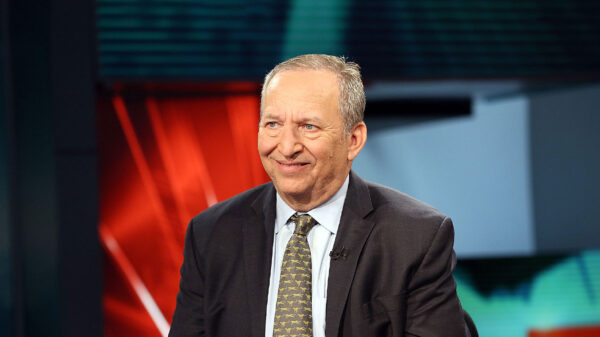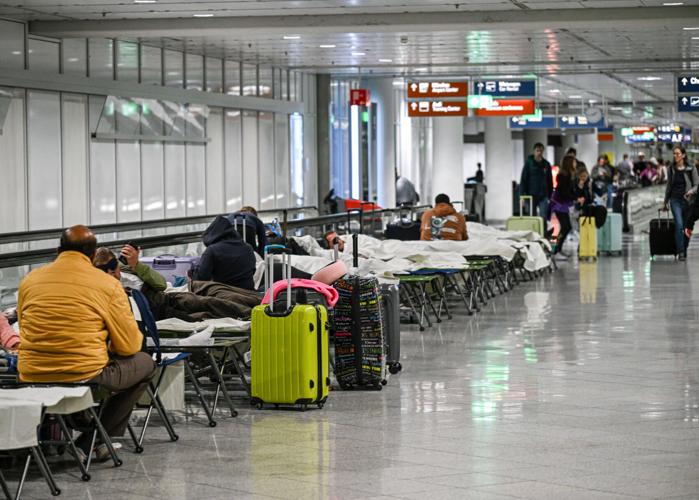Authorities closed Munich Airport on the night of October 6, 2023, following a second wave of suspected drone sightings in less than 24 hours. The airport’s operations were suspended as a precautionary measure due to unverified reports of drones in the vicinity. This incident marks a continuation of a troubling pattern of drone overflights affecting airspace across several European Union member states.
The initial flight restrictions were put in place shortly after 22:00 (2000 GMT) on October 5, when air traffic control halted flights due to reports of drones. The closure resulted in the cancellation of 17 flights, impacting approximately 3,000 passengers. Additionally, 15 inbound flights were rerouted to three other airports in Germany and one in Vienna, Austria. Flight operations resumed at 05:00 (0300 GMT) on October 6, according to Stefan Bayer, a spokesperson for Germany’s federal police at Munich Airport.
Authorities have not yet identified who is responsible for the drone sightings. This incident is part of a broader trend of mysterious drone activities over various critical infrastructure sites in Europe, including a recent sighting above a military base in Belgium. The situation escalated in late September in Oslo, Norway, where drone sightings also disrupted air traffic. European officials have voiced concerns that these incidents may be linked to state actors, particularly Russia, although Russian authorities have denied involvement in the recent incidents.
Munich Airport’s statement confirmed there were “several drone sightings,” but did not provide further details. The responsibility for detecting and defending against such drones lies with federal and state police. The federal police are actively investigating the reported sightings, with Bayer noting that witnesses included police officers, airline staff, and civilians around the airport.
Following the abrupt runway closures, federal police deployed helicopters and other resources to locate the drones, but no evidence of drone activity was found. Hundreds of stranded passengers were accommodated overnight in terminal cots or taken to nearby hotels, where they received blankets, snacks, and beverages.
In response to these incidents, Alexander Dobrindt, Germany’s interior minister, announced plans for discussions with European counterparts regarding drone incursions. He emphasized the urgency of developing a “drone detection and defense plan” during a meeting scheduled for the weekend in Munich. “We are in a race between drone threat and drone defense. We want to and must win this race,” he stated.
The drone activity is not confined to Germany. In Belgium, multiple drones were reported flying over the Elsenborn military base near the German border shortly after midnight on October 6. Theo Francken, Belgium’s Defense Minister, described the nature of the flights as “suspicious and unknown,” while the number of drones has not been officially confirmed. Belgian public broadcaster VRT reported sightings of up to 15 drones in the area.
Experts like Hans-Christian Mathiesen, vice president of defense programs at Sky-Watch, a Danish drone manufacturer, suggest that the drone overflights could be executed by a range of actors, from hobbyists to organized criminal groups, or even state entities. He noted that anyone with a drone can potentially disrupt activities in restricted airspace with relative ease.
The issue of drone overflights has gained significant attention among European leaders, particularly during a recent summit in Copenhagen, Denmark. Authorities across the continent have pledged to enhance measures to prevent and respond to drone-related threats.
In a related incident, a Russia-linked oil tanker recently detained by French authorities—suspected of being involved in drone activities over Denmark—has returned to sea. The vessel, now known as the “Pushpa” or “Boracay,” was released after a thorough search found no drones or equipment on board.
As the situation continues to evolve, authorities remain vigilant in addressing the growing concern over drone activity, balancing safety measures with the need for efficient air travel across Europe.



































































